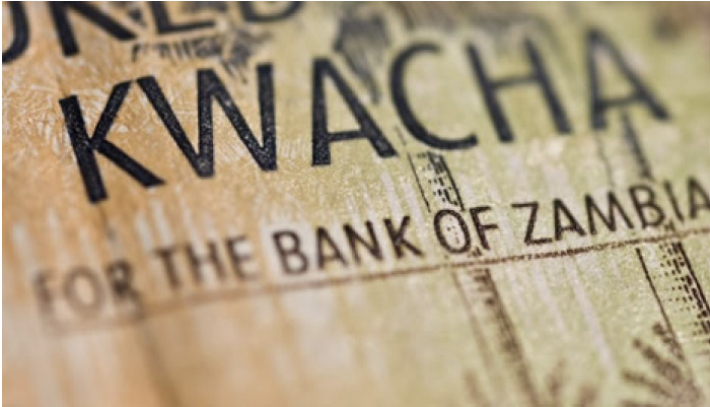Amidst an inflation spiral with consumer price index pointing north of 22.0%, demand for one year treasury bills still remains strong in Africa’s second largest copper producer, Zambia. These are currently yielding 25.75%, a 355 basis points (bps) premium above inflation. With the central bank selling K1.65billion worth of short dated securities in Thursday, March 11 debt sale, a yard of that was housed in the 1-year. With a market liquidity of K4.0billion, bids totaled K2.2billion of the K1.3billion on offer. Players appetite observed for 1year assets was K1.6billion of the K650million on offer.
Read also: Negative real yields on Kwacha T-bills widen as ‘inflation sprint’ persists for February
CASH STRAPPED BANKS ARE BUYING 3M T-BILLS
Despite the rest of the treasury bill curve underwater (yielding below inflation) the Bank of Zambia (BOZ) has observed additional interest in the shorter tenors, especially the 3months. Thursday debt sale saw K421.5million of liquidity housed in the 91 day (3-month) tenor yielding 14.0%. On the face of it, all tenors underwater maybe unattractive from an investment perspective, cash strapped players have appetite for 3month treasury bills because of duration mismatches.
Despite aggregate interbank balances in the long, as the central bank is active in open market operations (OMO), liquidity skew remains uneven and concentrated with the bigger banks leaving smaller banks disadvantaged. These banks cannot afford to lock their liquidity in tenors exceeding three months as they manage duration versus funding risks.
This behavioral tendency aligns to risk skew that the market has observed for the last one and half years given widening sovereign risks as the copper producers fiscal posture deteriorates. Zambias downgrade continue to be a key driver of appetite for longer dated securities (bonds) as the secondary market reflects higher yields, at spreads above the primary curve seeming to suggest that the current asset pricing could be overvalued – taking into account the inverse promotional relationship between yields and prices of discount instruments.
INFLATION SPIRAL CAUSING AN INTEREST RATE BEARISH OUTLOOK
Zambia continue to grapple with a currency rout on the back of mismatches in supply and demand whose effects are in part priced in the interest rate market. Ballooning cost push inflationary and rising demand pull inflation are signaling a bearish interest rate trajectory on the horizon which could be suppressed by exceptional central bank action in pandemic times.

The monetary policy committee (MPC) hiked rates 50bps to 8.5% in the February, which simultaneously hiked the overnight lending facility (OLF) and the targeted medium term refinance facility (TMTRF) by the hiked amount.
The Bank of Zambia will seek to raise K13.2billion of funding from the domestic market in 1Q21 from auction lots of K1.3billion (T-bills) and K1.5billion (bonds).
The Kwacha Arbitrageur

